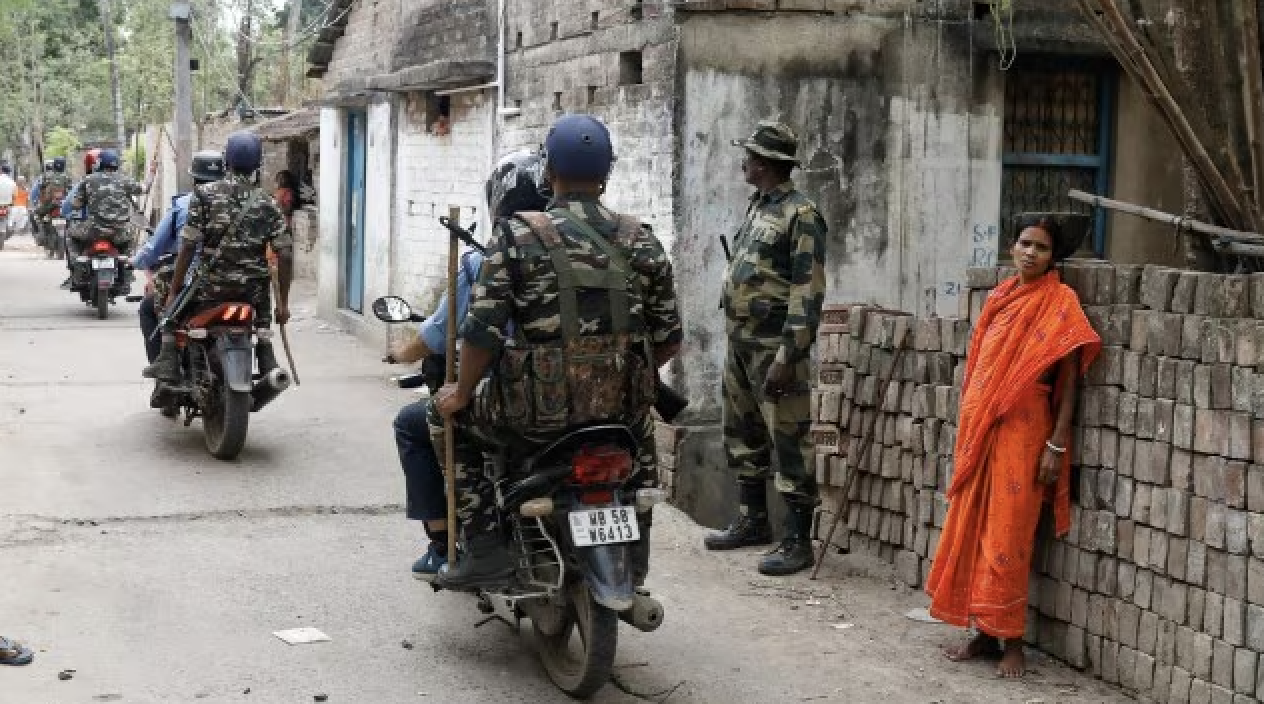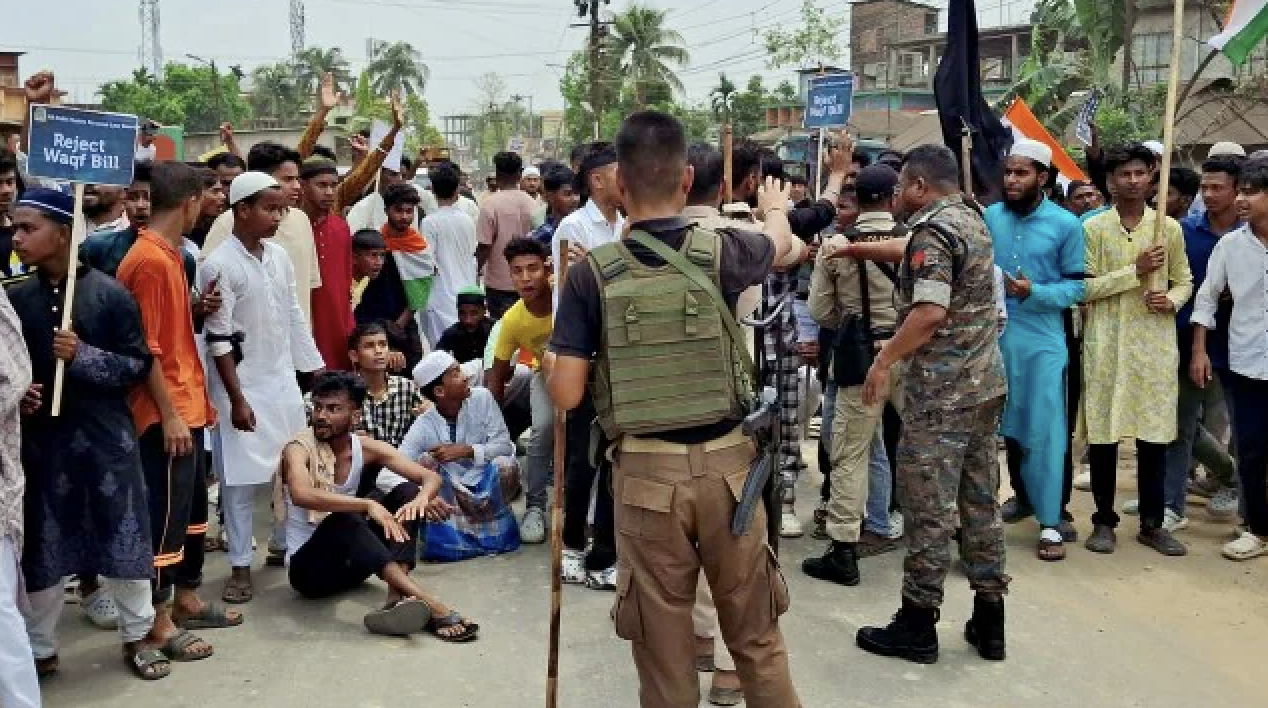
When Gandhiji was asked who Ram is, he responded that Ram is the name of the truth in his conscience. There is no name in Indian culture, religion and civilisation that evokes so many emotions and meanings as his name. Before modern-day politicians hijacked the term and used it as a tool to grab power, Ram was never a divisive figure in Indian culture, until Periyar Ramaswamy Naicker and his Dravidian movement made him into one. The Dravidian movement identified Ram with Brahminical dominance and the Ramayana as a propaganda tool of Brahminism to rule over all other castes.
On August 1, 1956, Periyar planned a march on Chennai’s Marina beach to burn pictures of Sri Ram. He was arrested, and his followers were lathi-charged. In 1974, Ravan Leela was organised by the Dravidar Kazhagam, under the leadership of Periyar’s widow, according to the wishes of Periyar, who died in 1973. Periyar wanted to conduct Ravan Leela in response to Ram Leela. It is ironic that Ram, a kshatriya prince, became associated with Brahmanical hegemony and the Brahmin king Ravan became the victim in Periyar’s Dravidian movement.
The Hindutva movement of the 1980s and 1990s was the next to use Ram’s name. The Ram Janmabhoomi movement became the second occasion in which Ram inadvertently became a divisive figure in our country. From the rural North Indian’s heartfelt greeting of “Ram-Ram” or “Jai Siya Ram”, the name got associated with the war cry “Jai Sri Ram”. Just as an innocuous “Allahu Akbar”—which means God is great—started invoking disturbing associations with religious fanaticism and even terrorism, Ram, a name associated with truth for Gandhiji, became associated with the uncharacteristic aggression of a supposedly gentle religion. This is what politics does to cultural symbols.
In my childhood, Ram was never depicted alone in calendars or temples. Ram without Sita, Lakshman and Hanuman was considered inauspicious and incomplete. The stock calendar picture that adorned the puja rooms was of Ram’s coronation. It invoked tranquillity and benediction. When posters of an angry Ram—an arrow notched in his bow, glaring at an angry sea, ready to annihilate some imaginary enemy—started appearing, the elders in the village were disturbed. This was against tradition and culture. It boded ill luck and misfortune, claimed some. But they didn’t know that the very nature of the civilisation was changing, and India was becoming a place where there was no place for Gandhiji’s Ram, or those of Tulsidas or Ezhuthachan or Kamban.
But is it the first time Ram’s name was used for propaganda in our history? Didn’t Gandhi use Ram’s name with a political agenda? The song Raghupati Raghava Raja Ram was written much before his time, but it was Gandhi who made it synonymous with his vision of Independent India. He insisted that Allah was another name for Ram. Though it resonated with many, such assertions are not potent enough to overcome the training of Abrahamic faiths, which insist on the supremacy of One God—their God, as their book defines Him. Once you bring religion into politics in a multicultural country, there is no escaping it.
This story was originally published in outlookindia.com . Read the full story here






